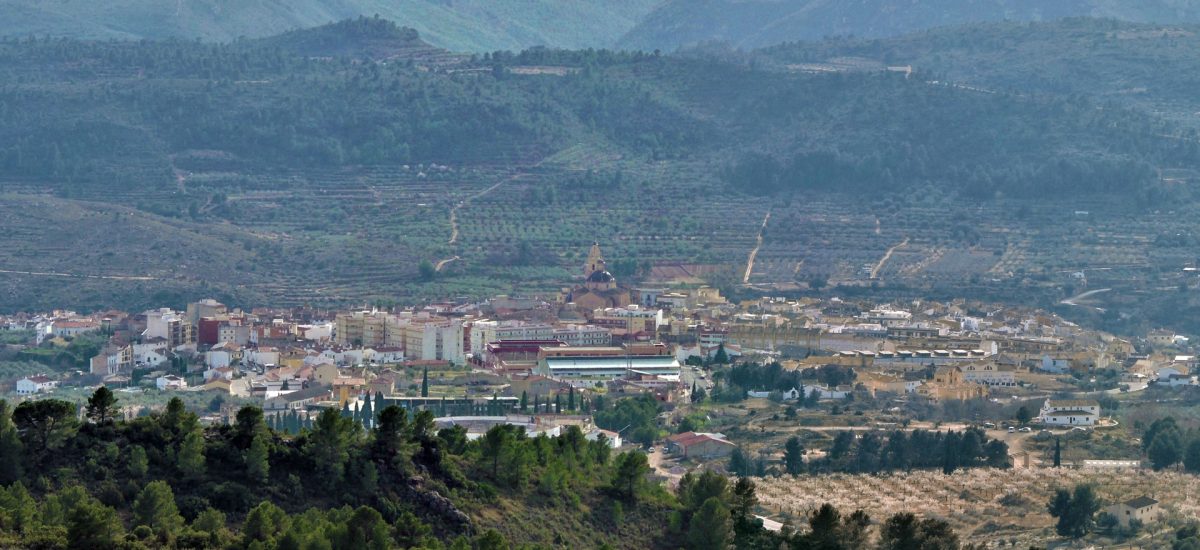The autonomous environmental section has issued the Environmental and Territorial Declaration (DATE) of the Master Plan of Chelva (Valencia), which will allow the work of drafting the plan to continue, once the municipal environmental body issues the DATE of the Management Plan Detailed. Chelva is a municipality located in the interior of the province of Valencia that has an extensive municipal area of 192 km², the largest in the region. Its surface is very mountainous and broken, with 59% of its surface occupied by a large forest mass, composed of a typical Mediterranean forest of pine forest and scrubland (15,029 hectares).
Various population centers or villages are located in the municipal area, in addition to Villa de Chelva, such as the inhabited villages: Ahillalas, Villar de Tejas, El Cerrito and Al Otro Lado. There are also two uninhabited villages: Mas de Aliaga and Bermuta.
The population, of 1,583 inhabitants, is concentrated almost exclusively in the main nucleus, relatively well connected with the capital of the province and with the interior by the CV-35 highway. The rest of the villages barely have a population.
The General Structural Plan was proposed with objectives that address different matters, but without forgetting that what should govern, in our opinion, any decision that may be adopted with respect to the future of the town, whether it comes from the local Administration or any other. We are referring to the need to articulate measures and models (in this urban case) to fight against depopulation. If the European Parliament considers that they present an extreme risk of depopulation, areas with a density below 8 inhabitants per square kilometer, in Chelva, with a density of 8.31 inhabitants/km², compared to the provincial average of 235.12 (ARGOS 2017) and a gradual process of population loss, all alarms should go off.
Faced with a very worrying demographic outlook, Chelva has sufficient resources to guarantee its sustainability, it has an agricultural sector that must be preserved and – above all – it treasures a landscape and heritage of extraordinary interest. It is precisely in the reconciliation between heritage conservation and economic growth that the key to a future of prosperity and sustainability may lie.
The DATE of the PGE places emphasis on correcting certain aspects of the regulation of non-developable land, issues that will be included in the Final Proposal of the plan.


